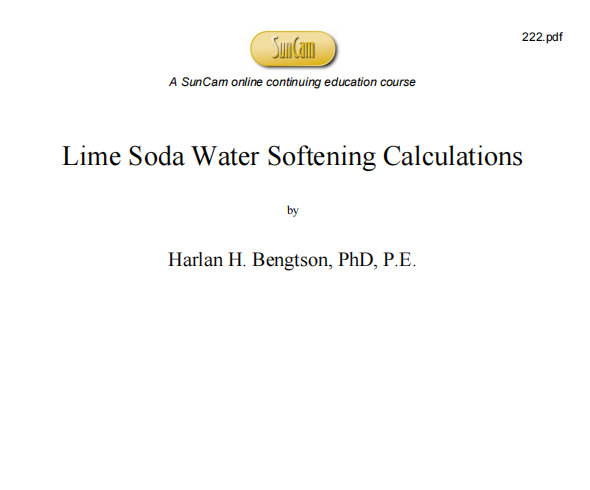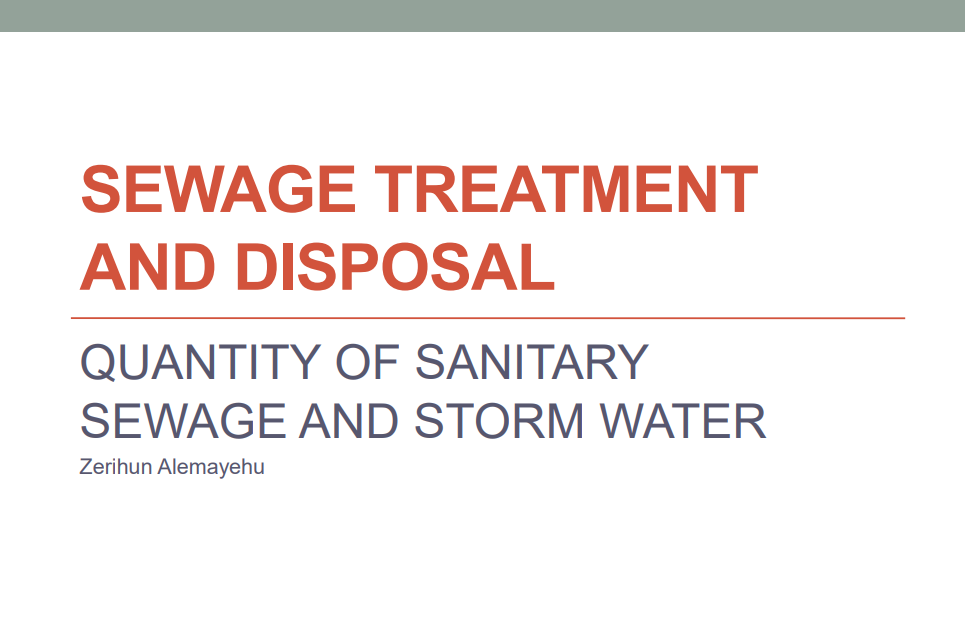Lime Soda Water Softening Calculations
Lime Soda Water Softening Calculations
Credit to: https://www.suncam.com/
Author: Harlan H. Bengtson, PhD, P.E.
Introduction
Hardness in water is due to the presence of divalent cations, primarily calcium and magnesium (Ca++ and Mg++), in water and causes problems with the water such as scaling in pipes and excessive usage of soap. The two primary processes for removing hardness from water are ion exchange softening and chemical precipitation with lime and soda ash. Ion exchange softening is widely used for home water softeners and is often used for softening of groundwater in public water supply treatment plants. Chemical precipitation of hardness with lime and soda ash, commonly called lime soda softening, is used in most cases where surface water supplies are softened in public water supply treatment and in some softening of groundwater for public water supplies. Lime soda softening is the subject of this course, which includes coverage of calculating the different types of hardness in a water sample from lab analysis results, conversions among different units for hardness, information about three lime soda water softening process alternatives (two stage excess lime water softening, split treatment, and selective calcium removal); calculation of the dosages needed for lime soda ash and carbon dioxide; calculation of daily chemical requirements; and calculation of solids production rates. A sample spreadsheet is included with the course. It will calculate the different types of hardness in a water sample from entered lab analysis results and will calculate the chemical dosages and solids production rates for the selective calcium
removal process. The sample spreadsheet is useable for either U.S units or S.I. units.
Only logged in customers who have purchased this product may leave a review.















Reviews
There are no reviews yet.